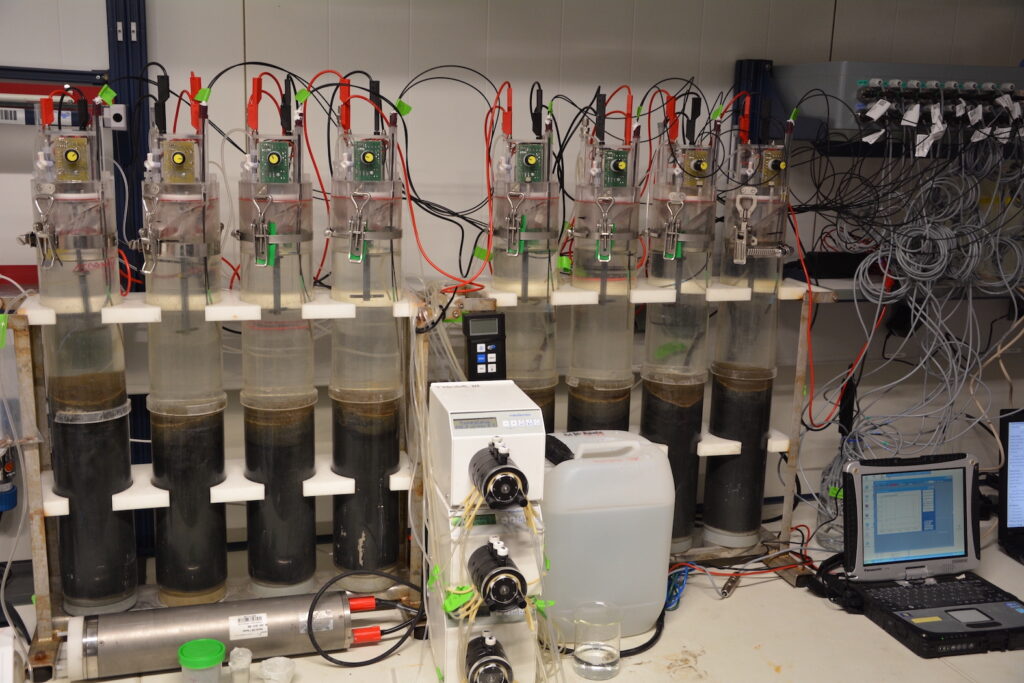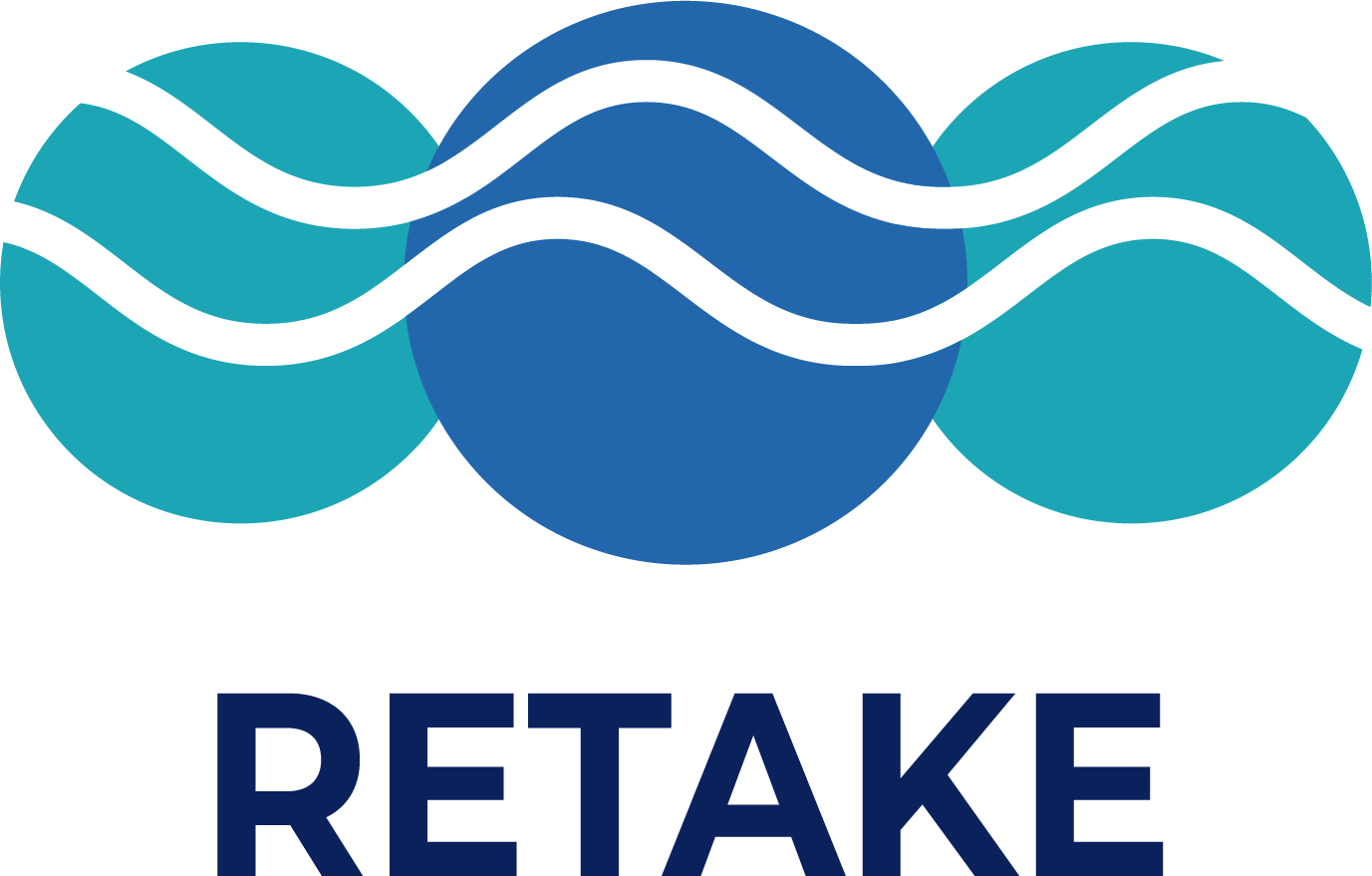Mechanisms
Before considering large-scale marine alkalinity enhancement (AE) as a method of atmospheric CO2 removal, it is absolutely essential to gain comprehensive knowledge about suitable materials and possible applications, as well as to assess potential local chemical and biological impacts. To achieve this, several work packages in RETAKE will carry out laboratory as well as benthocosm and mesocosm studies, simulating real conditions in the North and the Baltic Sea. The results of these studies are, on the one hand, important for the assessment of the AE potentials and, on the other hand, provide important basic knowledge for the planned modelling work, which extrapolates the results in space and time.
Biological aspects: In addition to CO2 sequestration, marine alkalinity enhancement is often accompanied by the release of by-products. The ecological and biogeochemical changes caused by this can only be estimated so far. In order to obtain the most comprehensive information possible on the potential impacts of marine AE on biotic communities in the North and Baltic Sea, various AE scenarios are being investigated within the framework of laboratory experiments and bentho- and mesocosm studies:
- plankton communities in the water column (WP1.2)
- seabed communities in a low-energy environment of the Baltic Sea (WP1.4)
In particular, the impact of AE on organisms will be clarified here, but also the extent to which organisms contribute to the accelerated dissolution of minerals.
Dissolution kinetics: Under realistic conditions, the dissolution rates of various minerals, some of them new, are determined and weathering reactions in a wide range of environments are studied. For example, it is important to clarify whether it is more efficient to add suitable minerals to seawater as an alkaline solution or directly in the form of rock flour (WP1.1).
In addition, the differences between the North Sea and the Baltic Sea are to be identified as the dissolution rates of different materials can also differ depending on local conditions. Whereas on the North Sea floor, due to water movements, high-energy conditions with rapid erosion often enable a mechanically driven higher weathering rate (WP1.3), on the Baltic Sea floor, optimal conditions for increased carbonate dissolution prevail due to carbonate undersaturation in the bottom water (WP1.4).

Experimental setup of sediment core incubations to investigate the dissolution rates of carbonate and olivine and the influence of simulated AE on microbiological communities. (Photo: Isabel Diercks, GEOMAR)
TEAM
PI’s
- Prof. Wolfgang Bach (Bremen University)
- Prof. Maarten Boersma (AWI)
- Dr. Sonja Geilert (GEOMAR)
- Prof. Jens Hartmann (Hamburg University)
- Prof. Sabine Kasten (AWI)
- Prof. Ulf Riebesell (GEOMAR)
Scientists
- Dr. Andy Dale (GEOMAR)
- Dr. Cedric Meunier (AWI)
- Prof. Mirjam Perner (GEOMAR)
Postdoctoral Researchers
- Dr. Alexander Diehl (Bremen University)
- Dr. Silvan Goldenberg (GEOMAR)
- Dr. Male Köster (AWI)
- Carsten Spisla (GEOMAR)
- Dr. Michael Sswat (GEOMAR)
- Dr. Jan Taucher (GEOMAR)
- Dr. Maria-Elena Vorrath (Hamburg University)
Doctoral Candidates
- Amrita Bhaumik (AWI)
- Isabel Diercks (GEOMAR)
- Michael Fuhr (GEOMAR)
- Nicolas Smith Sanchez (GEOMAR)
- Niels Suitner (Hamburg University)
Alumni
- Prof. Jelle Bijma (AWI)
- Dr. Mathias Haunost (GEOMAR)
